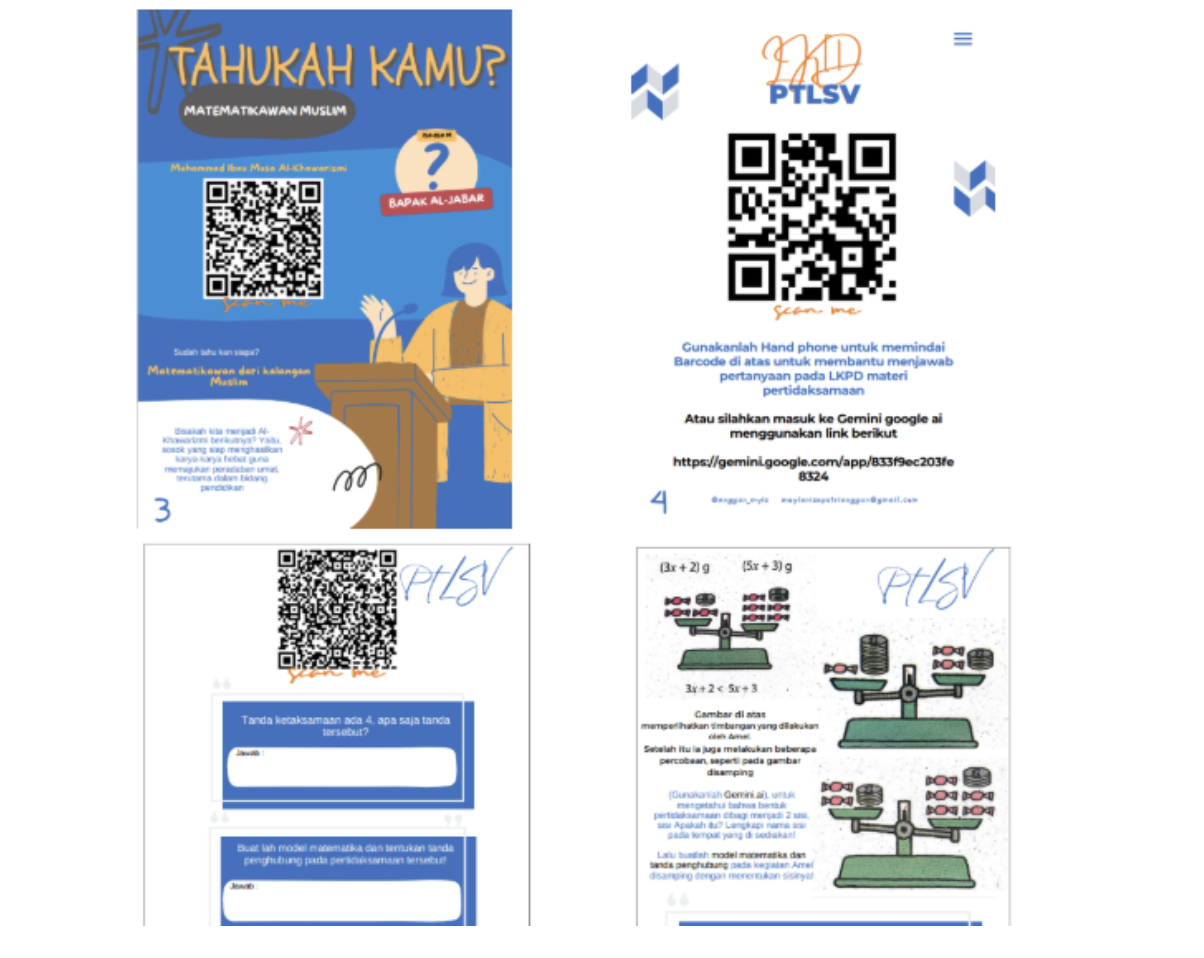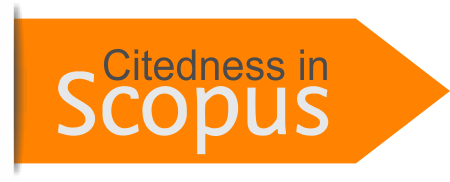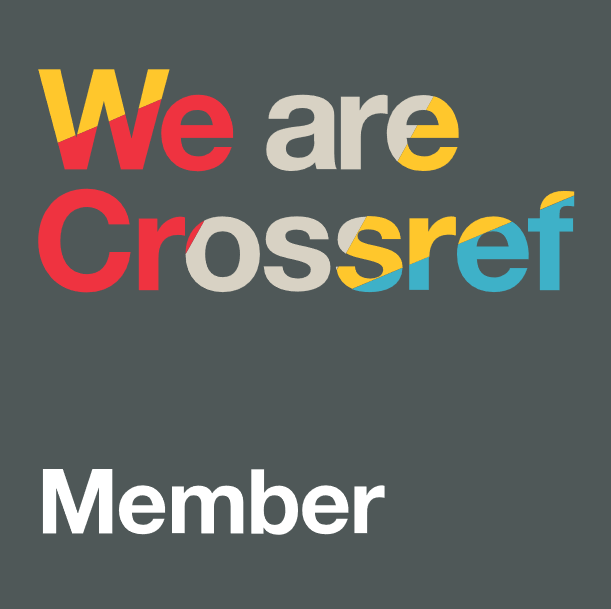Developing AI-assisted learning worksheets to strengthen literacy and numeracy skills
DOI:
https://doi.org/10.31629/jg.v9i1.6902Keywords:
worksheets, artificial intelligence, numeracy literacyAbstract
According to research, PISA, and national exams, pupils' numeracy literacy is generally low; teachers frequently utilize less participatory and irrelevant real-life teaching methods. Learning can be made more engaging by integrating technology into it, one example being the application of artificial intelligence (AI). This study aims to examine the validity and usefulness of student worksheets created using artificial intelligence to improve numeracy literacy abilities in the area of linear inequality of one variable. This is a preliminary and formative evaluation study. Product preparation and design were completed at the preliminary stage. Furthermore, formative evaluation stages include expert review, one-on-one, small group, and field tests. The material used is linear inequality in one variable, and the questions are related to numeracy literacy metrics. Questionnaires and interviews were employed to obtain the data. The questionnaire consists of both validity and practicality questionnaires. Validity data is derived from expert comments and suggestions. Questionnaires and interviews are used to collect practical data. The validity and practicality of data were qualitatively assessed by changing the worksheets in response to the validator and student comments and suggestions. The study's findings revealed that worksheets using AI were deemed valid at the expert review stage and very practical based on the results of the practicality questionnaire and interviews at the one-on-one, small group, and field testing phases. AI-powered worksheets can be utilized more widely to promote learning in class and individually. Schools might include AI technology in their learning strategies to increase numeracy literacy.
Downloads

Downloads
Published
Issue
Section
License
Copyright (c) 2024 Jurnal Gantang

This work is licensed under a Creative Commons Attribution-NonCommercial-ShareAlike 4.0 International License.

















